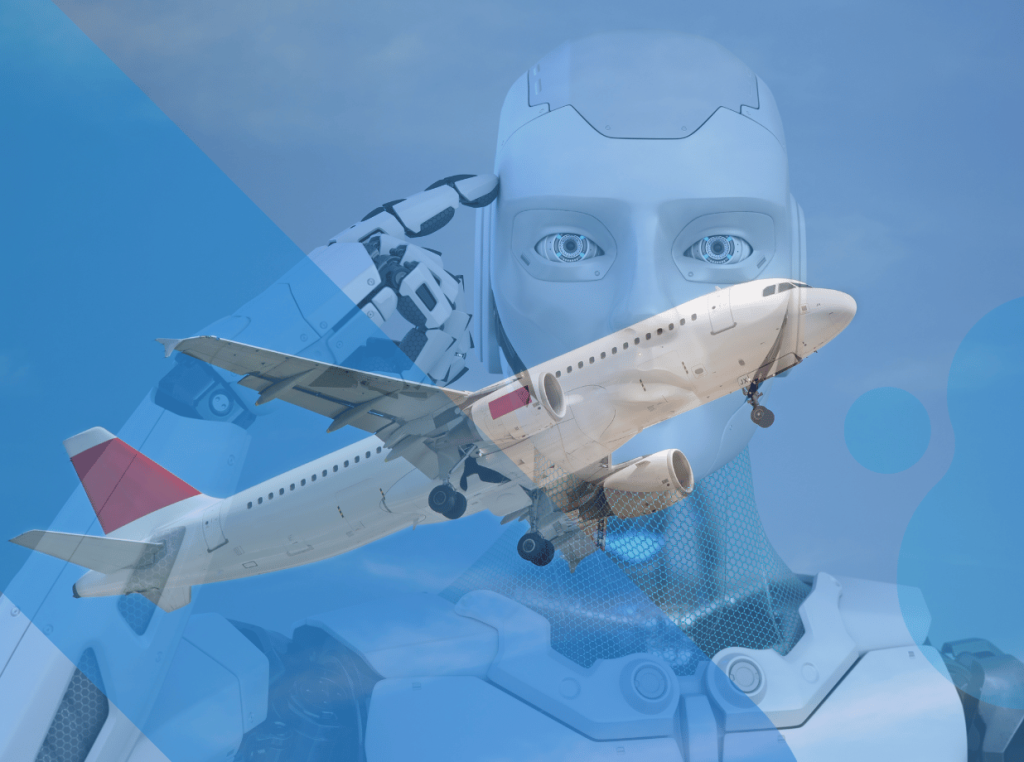Introduction
Airlines are increasingly turning to robotics to automate tasks such as baggage handling and customer service. This is being driven by a number of factors, including the need to improve efficiency, reduce costs, and enhance the customer experience.
Robotics can offer a number of benefits to airlines, including:
- Increased efficiency: Robots can work 24/7 and can perform tasks more quickly and accurately than humans. This can lead to significant improvements in efficiency, both in terms of baggage handling and customer service.
- Reduced costs: Robots can help airlines to reduce costs by automating tasks that are currently performed by humans. This can free up staff to focus on more complex tasks, such as customer interaction and problem-solving.
- Enhanced customer experience: Robots can help to improve the customer experience by providing faster and more efficient service. For example, robots can be used to check in passengers, direct them to their gates, and even deliver food and drinks to them on board.
Current trends in robotics in the airline industry
A number of airlines are already using robotics to automate tasks. For example, SITA, a leading provider of IT and communications services to the air transport industry, has developed a number of robotic solutions for baggage handling, including robots that can sort and load baggage, and robots that can deliver baggage to passengers.
Airlines are also using robotics to automate customer service tasks. For example, Air China has deployed robots at its Beijing hub to help with customer check-in and baggage drop-off. The robots can speak multiple languages and can answer a wide range of questions from passengers.
Challenges and opportunities
There are a number of challenges that airlines need to address as they implement robotics. One challenge is the cost of robots. Robots can be expensive to purchase and maintain. However, the long-term cost savings from automating tasks can outweigh the initial investment.
Another challenge is the need to integrate robots into existing systems and processes. This can be a complex task, and it is important to ensure that robots are able to work seamlessly with human staff.
Despite the challenges, there are a number of opportunities for airlines to benefit from robotics. Robotics can help airlines to improve efficiency, reduce costs, and enhance the customer experience.
How to pioneer a robust robotics strategy
Airlines that are looking to pioneer a robust robotics strategy should focus on the following key areas:
- Identify the right tasks to automate: Not all tasks are suitable for automation. Airlines should identify the tasks that are repetitive, time-consuming, and/or hazardous. These are the tasks that are most likely to benefit from automation.
- Invest in the right technology: It is important to invest in robots that are designed for the specific needs of the airline industry. Airlines should also consider partnering with robotics suppliers that have a proven track record in the aviation industry.
- Integrate robots into existing systems and processes: Airlines need to carefully plan how they will integrate robots into their existing systems and processes. This includes developing new procedures and training staff on how to work with robots.
- Measure the results: It is important to measure the results of robotics deployments to ensure that they are meeting the airline’s expectations. This includes tracking metrics such as efficiency gains, cost savings, and customer satisfaction.
Conclusion
Robotics is transforming the airline industry. Airlines that are able to successfully pioneer robust robotics strategies will be well-positioned to compete in the future.
Here are some specific examples of how airlines are using robotics to automate tasks:
- Baggage handling: Robots are being used to automate a variety of baggage handling tasks, such as sorting, loading, and delivering baggage. This can help to improve efficiency and reduce costs.
- Customer service: Robots are being used to automate a variety of customer service tasks, such as check-in, baggage drop-off, and providing information to passengers. This can help to improve the customer experience and free up staff to focus on more complex tasks.
- Aircraft maintenance: Robots are being used to automate a variety of aircraft maintenance tasks, such as inspection, cleaning, and repairs. This can help to improve safety and reduce costs.
Overall, robotics is a powerful tool that can help airlines to improve efficiency, reduce costs, and enhance the customer experience. Airlines that are able to successfully pioneer robust robotics strategies will be well-positioned to compete in the future.


